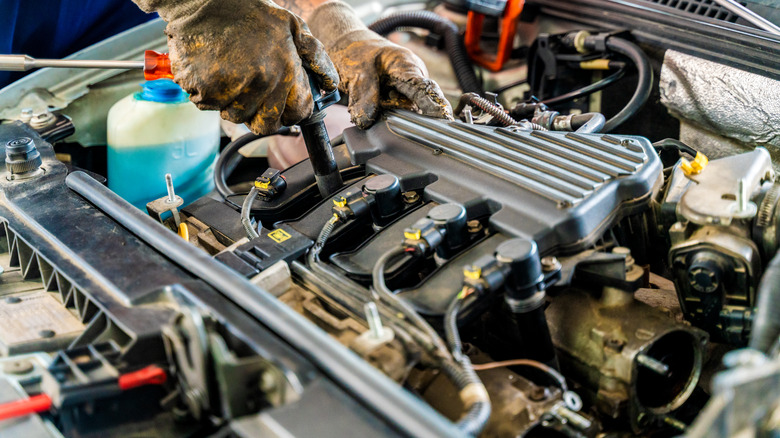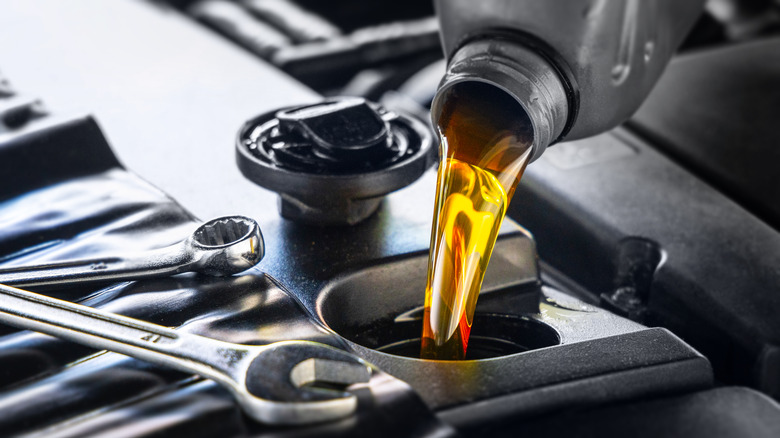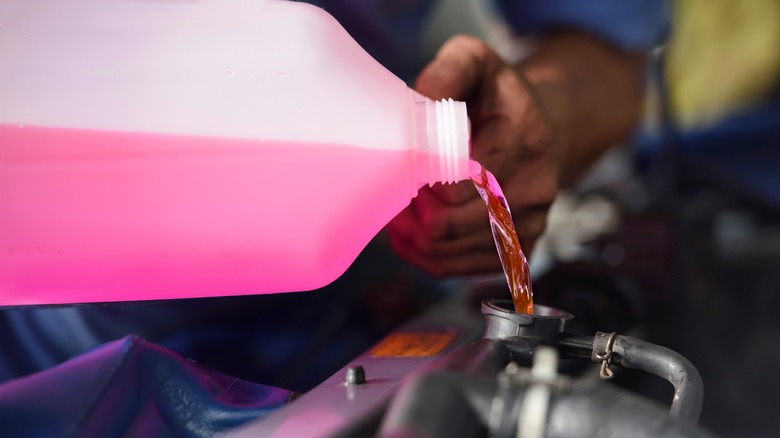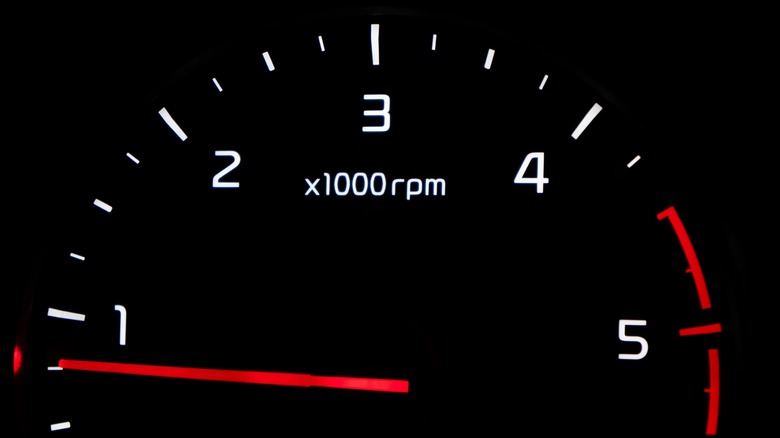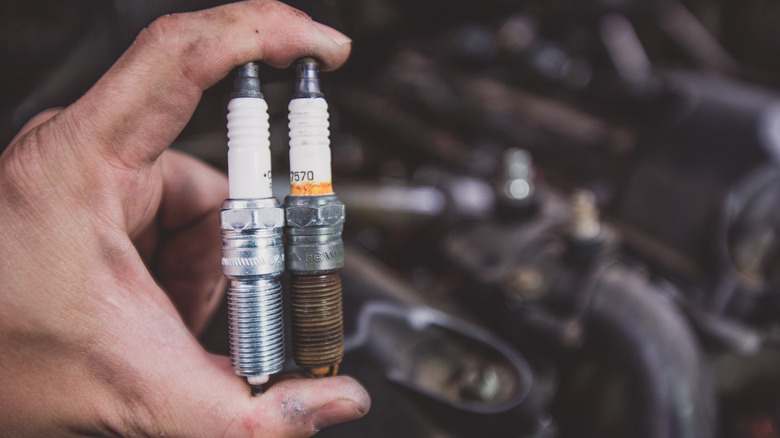Engine Care 101: What You Need To Do To Keep Your Motor Running Long-Term
Cars are expensive to operate, especially with the cost of gasoline on the rise. Repair costs vary widely by model and location, but most engine rebuilds or replacements will run thousands of dollars, meaning you'll want to do everything you can to extend your engine's life as long as possible. Some of these tips are things you'll want to do while behind the wheel, while others are maintenance tasks you can do yourself or enlist a professional mechanic to do for you.
Many DIY auto maintenance tasks can be handled with a basic set of wrenches, screwdrivers, and ratchets, and purchasing a factory service manual for your vehicle will give you step-by-step guides for routine maintenance jobs and repairs as well as accurate information with regards to the proper fluids, spark plugs, filters, and torque specifications for your car or truck. Dealership service departments are also usually willing to answer questions for automotive do-it-yourselfers and public libraries often have service manuals available for you to check out. With all of that in mind, let's look at a few things you can do to keep your engine running efficiently for a long time.
Change your oil and filter regularly
One of the most important things you can do to extend your engine's life is to regularly change your oil and oil filter. Changing engine oil every 3,000 miles used to be necessary, but modern cars can generally go longer between changes, often between 5,000 and 15,000 miles. Consult your owner's manual or dealership service department for the proper interval for your vehicle and the correct oil to use if you change it yourself. You'll also need a filter, a filter wrench, a drain pan, and rags for cleanup.
Most chain auto parts stores and repair shops will accept used motor oil for recycling, and you can probably also take it to your local public works station for proper disposal. It's a good idea to check your oil level each time you fill up your tank with gas, and you should top it off if it is below the "full" mark on the dipstick.
Maintain your cooling system properly
It's also important to ensure your engine's cooling system is properly functioning. This includes the radiator, thermostat, overflow tank, and hoses. Obvious warning signs that your cooling system needs attention are a temperature gauge that runs high or evident drips or leaks from the system.
Just like regular oil changes keep your engine free from dirt and other contaminants, you should also flush your radiator and replace your engine coolant according to the manufacturer's recommendations, usually about every two years or 30,000 miles. If you have pets, be very careful when draining and replacing coolant; the scent of ethylene glycol (the fluid used in engine coolant/antifreeze) is enticing to pets, and the fluid is very toxic to them. Recycling used antifreeze is not as easy as recycling used motor oil. Currently, no national auto parts stores accept used antifreeze from customers.
Check with your local public works department for recycling options (some municipalities will pick it up curbside if it is safely bottled and labeled), or visit earth911.com to find hazardous waste disposal locations near you.
Vary Engine RPMs
Your engine's lifespan is measured in revolutions, and one way to make it last longer from behind the wheel is to watch your tachometer, especially if you drive a car with a manual transmission. While an automatic transmission vehicle will make sure to shift gears for you before you hit the redline, a lapse in attention when driving a stick shift can lead to premature engine wear and even catastrophic damage from over-revving the engine.
Running your engine too long at high revolutions can damage valves, rods, and bearings, so always running your engine at low RPMs isn't a good idea either. During everyday driving, many engines don't rev high enough to clear deposits from the valves, throttle body, and cylinder walls. Every few hundred miles or so, it's a good idea to rev your engine close to the redline but be careful to do this somewhere safe, like a freeway on-ramp, and only for a few seconds at a time. This will help clear carbon and other deposits from your engine and keep it running smoothly.
Change your spark plugs regularly
Another way to keep your engine running efficiently is to regularly change your spark plugs and wires. Consult your owner's manual or dealership service department for the correct spark plug part number, gap setting, and recommended replacement interval for your vehicle. Clean spark plugs will help boost fuel mileage and keep your engine running cleaner, extending its life.
Changing your spark plugs and wires is a relatively simple job, requiring only a spark plug socket, ratchet handle and extensions, and perhaps a universal joint to help you reach cylinders tucked beneath intake or exhaust manifolds. Most wire kits come with a small packet of dielectric grease, which you should apply around the inside of the plug boot to help seal out moisture.
Changing your plugs and wires should not only provide a noticeable performance improvement, but you can often identify serious problems in your engine by examining your old plugs after removing them.
Use the correct fuel for your vehicle
It's also important to ensure you're using the correct fuel for your car. Leaded gasoline hasn't been available for sale in the United States since 1996, but some modern vehicles with higher compression or turbocharged engines require premium unleaded gasoline with a certain minimum octane rating, usually either 91 or 93. If your car requires premium gas, there is usually a sticker indicating the minimum octane rating on the inside of the fuel filler door. If your car has no such sticker, consult your owner's manual or give the dealer's service department a call.
Using a lower octane fuel than the manufacturer requires will cause engine knocking, which can damage valves, spark plugs, and pistons. If your engine doesn't require premium gas, using it might provide a small boost in fuel economy, but you will want to test this over the course of a couple of full tanks to see if the added expense is worth it for you.
